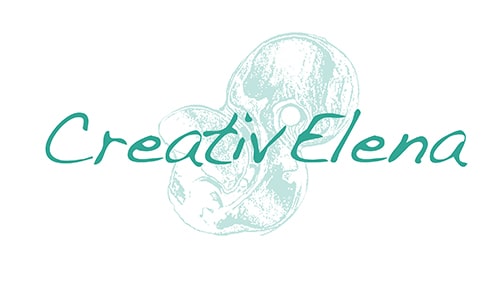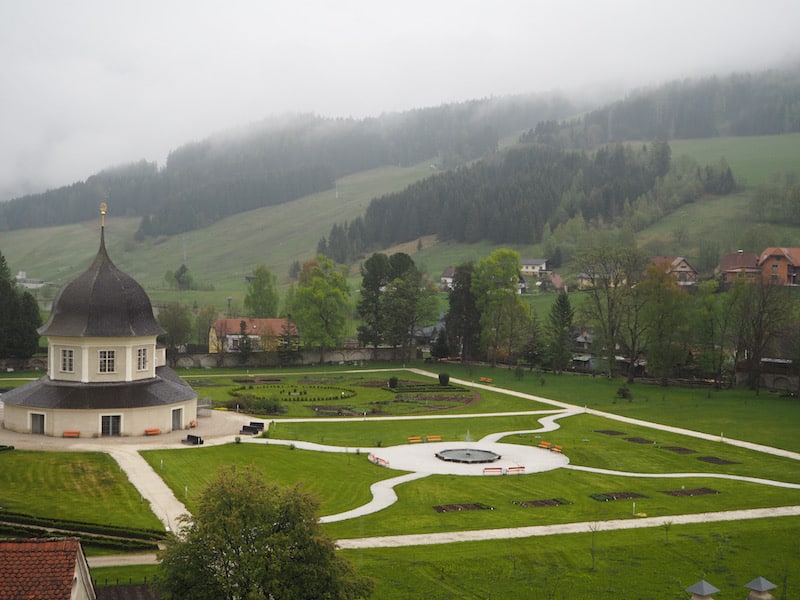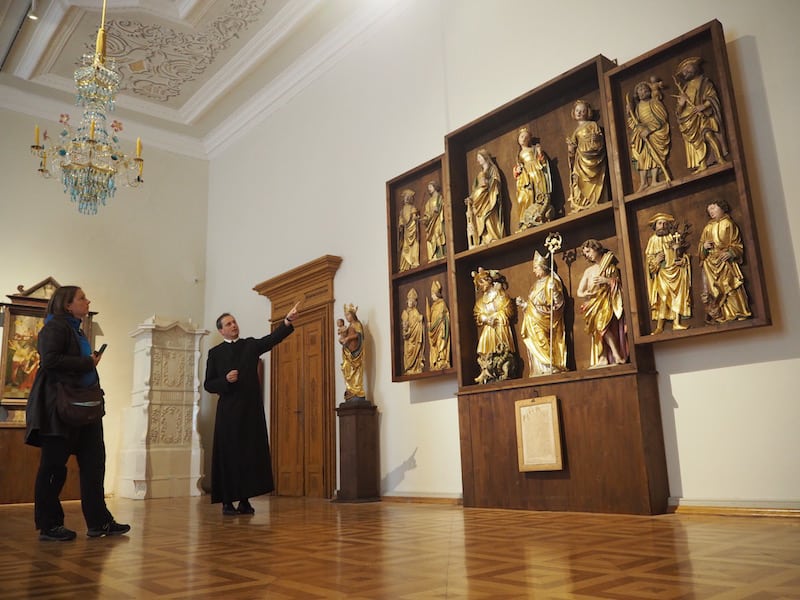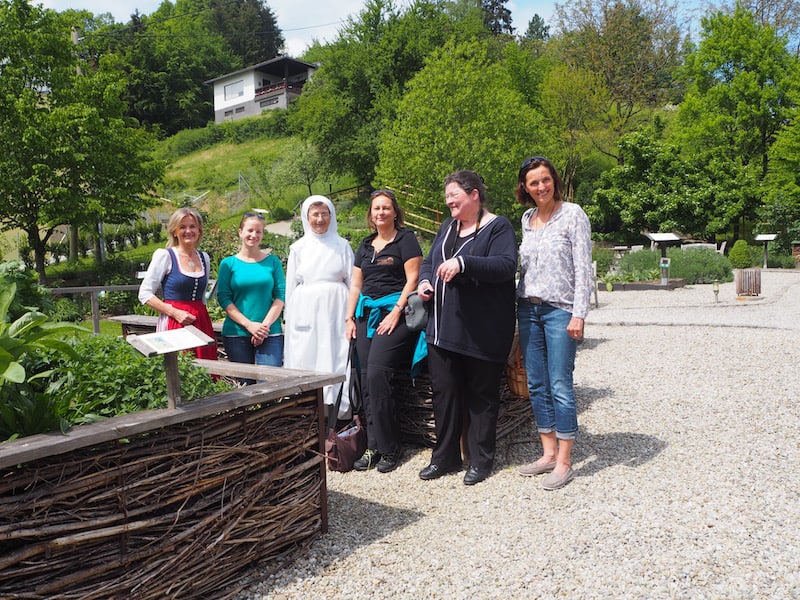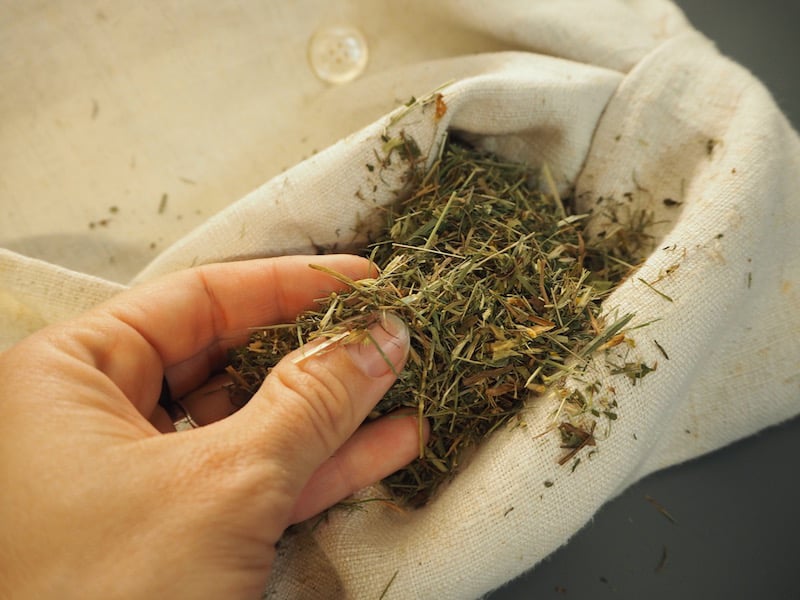Pater Gerwig Romirer smiles with his eyes. The warmth with which he welcomes us to his abbey, Stift St. Lambrecht in Western Styria, contrasts with the cool spring weather outside: Some 1.000 metres above sea level, the mountains make for a mere 12°C. Given the wide corridors and sheer size of the historical abbey in the heart of the Styrian forest district, we take it as a good idea to start our visit with a monasterial lunch right at the abbey’s refectory. This rather simple dining room is reserved for guests who, like us, have come to experience what it is like to stay in an abbey for a day, or two.
Once more, me & my dear travel writing colleagues Monika & Petar Fuchs, of TravelWorldOnline, as well as Angelika Mandler, of WiederUnterwegs, take to explore the variety of abbeys & convents in the whole of Austria.
The association “Klösterreich” ( = abbeys & convents in Austria) is made up by a staggering variety of “living monasteries” run by monks and nuns, promoting visits focused on art, history, the abbey’s famous garden landscapes as well as “staying at the abbey”, sampling a day or more of monasterial life. Unfortunately, we do not have more than one day in each of the places we visit, and yet are immediately slowed down by the sheer grandeur, peace & calm emanating from Stift St. Lambrecht.
“Visitors who come here are certainly looking for exactly that: A break in their stressful everyday lives. We realise how hard it is to confront ‘absolute silence’: No TV, no Internet, no constant background noise levels, nothing. Our guest rooms are perfectly still, especially at night time”, Pater Alfred, responsible for visitor relations at Stift St. Lambrecht, tells us with a smile. Like Pater Gerwig, he is one of 15 monks at the Styrian abbey, one as welcoming as the other: “Earlier on, when I became a monk here some 20 years ago, we might have had the odd few overnight guests per year. Times, however, have really changed since. Today, a few thousand visitors come to spend time with us during the year! Interest in our monasterial lifestyle has clearly taken hold among a wider part of society, and we welcome this as a very positive trend.”

… as well as his colleague Karin Dorfer, who shows us around the abbey park and gives us a tasting of the local garden produce.
Art & garden treasures at Stift St. Lambrecht
Both Pater Gerwig & Pater Alfred love to show us around, introducing us to the abbey’s historical treasures whose value is clearly immense. The rooms seem to whisper to us, talking about the glory of former days as well as the more darker chapters in history, where the abbey even served as a concentration camp for religious prisoners during the time of the Second World War. Today, a feeling of peace and openness runs once again through the halls, including the use of some of them for a so-called “School of Art” running creative workshops and space for meditation. The abbey parc, too, has been completely restored as of recent.
Karin Dorfer tells us more about this: “The Domenico project has seen the complete overhaul of the historic garden remains, by the hands of many formerly unemployed people, who have now got a further motivation to stay and work in the area. Artists, too, have worked in the design of the garden elements such as fire, water, earth & sky. An economically sound, socially sensitive and ecologically valuable project we’ve got here, including the support of the local provincial government as well as the abbey itself.”

The local “School of Art” has seen the revitalisation of some of the abbey’s rooms into a creative common space for singing, dancing, music or art workshops for visitors throughout the year.
From Western Styria, our way leads us across the Alps and all the way to the Danube river. Here, we visit and experience the traditional Kneipp residence in Bad Mühllacken!
Very different our visit at the Upper Austrian town Bad Mühllacken, only 10 kilometres from the provincial capital city of Linz. Crossing spectacular mountain highways and passes, with spring only starting at 1200 metres above sea level, the Danube flood plains welcome us with a pleasant 23°C and summer sunshine. What a lovely way to arrive! “Oh, I would love to go out for a hike here”, Angelika sighs, also Monika is immediately up for a short walk. The local “Pesenbachtal”, we later learn, is also known as the “Valley Of Silence”, where the nuns of the local religious order “Marienschwestern vom Karmel” undertake regular walks of silence with the spa & health patients at the Kneipp health resort in Bad Mühllacken.

… and learn what it takes to go “kneipp”: A foot bath taken in warm and cold water, aimed at stimulating blood circulation.
The main message is this: “To be present with all the senses in every moment of your life.” Simple, you may say. Or is it?
Over our delicious lunch at the Kneipp residence in Bad Mühllacken, we learn about the fundamentals of “Traditional European Medicine” (TEM), placing special importance on food and nutrition. Elisabeth Rabetler and her colleague, Dr. Maria Fließer, talk to us about the “5 pillar principle” of Kneipp health: Exercise, Nutrition, Water, Way of Life. Only if everything is well-balanced, the soul can fully thrive and support the body in its healing process, and/or prevent diseases in the first place. I find myself fascinated by what they have to say, listen to them for hours on end, run my fingers over the healing herbs in the garden and rejoice in the feeling of my happy feet after the Kneipp bath. After only a little while, I have made up my mind: Here is where I would like to come back to, exploring yet another aspect of my curiosity for life, and health: Fastening, that is. Now that I have learned so much more and felt a place that I really feel one with, I feel the time has come. Check this out.

Managing director Elisabeth Rabetler has three explanations for each one of our questions: Impossible to tire her …

… as she loves to explain how the Kneipp health residence looks after each one of their guests and patients individually, and fully.
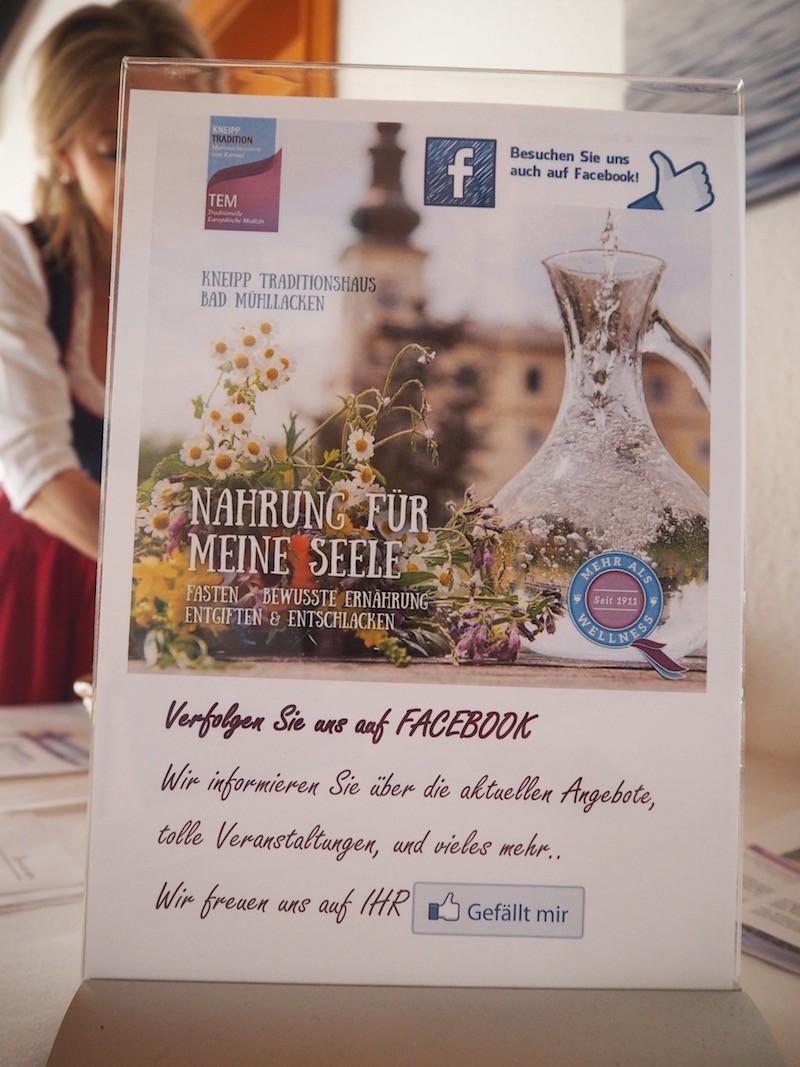
… and if you still think abbey, monasteries and nuns are something of the past, have a look at this and follow Kneipp Traditionshaus Bad Mühllacken on Facebook! 😀
Last but not least, we spend the night relaxing in Bad Kreuzen: Here, the world’s First Centre for Traditional European Medicine (TEM) is waiting for us.
After so much input and enthusiasm by the team in Bad Mühllacken, it might seem hard to say goodbyes once more and travel for another hour to the Kneipp spa residence in Bad Kreuzen. However, this place too speaks wonders and a huge appetite for life, and health: Herbal workshops & healing waters are what we talk about here, “becoming free”, is what Sister Christiane says to us with a wink over dinner together. Next to her: Managing director Ferdinand Kaindlstorfer, who shares with us of many years of eventful history of the spa resort all the way to the establishment of the 1st International Centre for Traditional European Medicine.
Together with the Kneipp residence in Bad Mühllacken as well as Aspach, it counts among the three spa residences run by the Sister Order of the “Marienschwestern vom Karmel”, who together with their respective teams are extremely successful in doing what they do. The audience, too, is a thankful and enthusiastic one, made up mostly by women interested in health care and disease prevention.

And aren’t the views from the herbal balcony over the southern edges of the Mühlviertel region, just delightful for the soul?

The herbal pharmacy also pretends to be a creative space for visitors, allowing us to mix and create our own herbal essences.

Following my morning’s beauty peeling, I meet once again with Sister Christiane during our walk outside: “Becoming free”, is what she proclaims again and smiles – so true. Dear Marienschwestern, we will be back oh yes !!
My travel writing colleagues have also written and published the following stories:
- Angelika Mandler-Saul, of Wiederunterwegs.com: “Kloster für blutige AnfängerInnen – Eine Nacht im Benediktinerstift St. Lambrecht“, “Bauch gut – alles gut.” Bei den Marineschwestern in Bad Mühllacken.” & “Zum Aderlass komm ich wieder: Ins 1. TEM Zentrum in Bad Kreuzen“
- Monika & Petar Fuchs, of TravelWorldOnline.de/Traveller: “Drei Klöster in Österreich“
Disclaimer: We have been invited by the Kneipp spa residences & Stift St. Lambrecht to explore the (health) stories of the “Klösterreich” association of abbeys, convents and monasteries in Austria. All opinions are my own.
